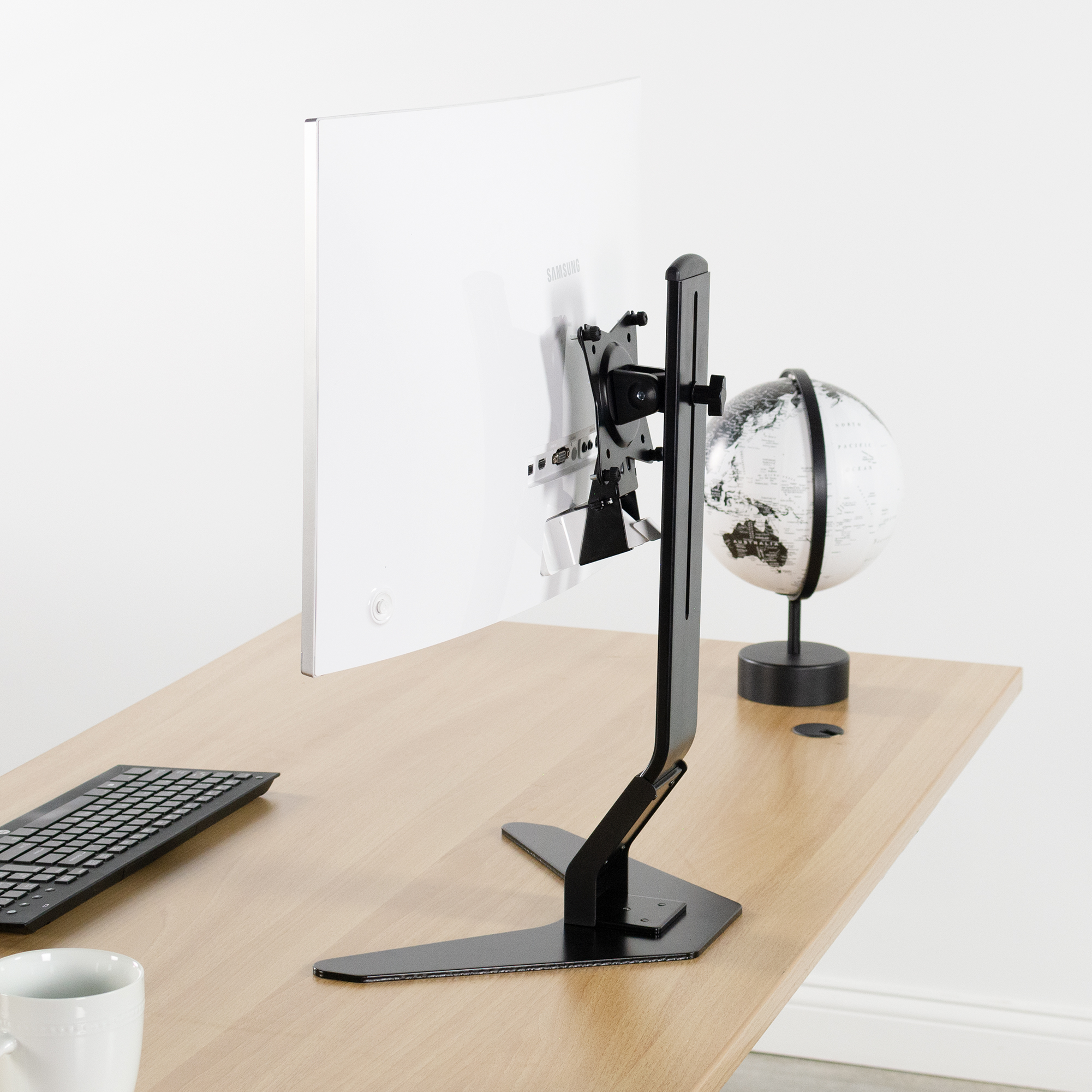

Weighs only 1.6 poundsEASY INSTALLATION - Uses a unique patented adapter ring system. Designed to hold the weight and scale of an iMac display, and for stands with 75x75mm or 100x100mm mounting patternsCOMPOSITION - Made of steel with a metallic aluminum color. VIV VIVO STAND MACB Adapter VESA Mount Kit for Apple 21.5" and 27" iMac Display STAND MACB P11434211VIV-STAND-MACB VIVO STAND MACB Adapter VESA Mount Kit for Apple 21.5" and 27" iMac Display STAND MACB Manufacturer Part Number: STAND-MACBCOMPATIBILITY - Patented VESA adapter kit for Apple iMac (Compatible with 21.5\" and 27\" displays only!) Compatible with late 2009 to current models (Including New 5K Retina Display)DESIGN - Adapter is intended for Apple iMac. Blank Craft Supplies for Personalization.Heavy Equipment & Agricultural Supplies.

For this reason, you will often see manufacturers specify pattern sizes like 100×100 or 75×75 in their marketing or technical materials.

For example, the aforementioned VESA MIS-D variant could use a pattern size of 100x100mm or 50x100mm. Unfortunately, the system can get a bit complex because a single variant may refer to multiple pattern sizes. In this labeling, MIS-D indicates the display uses the D standard, while 100×100 relates to the pattern size in millimeters. Variants are often labeled with a letter, followed by the pattern size. You should be able to find this information in the technical specifications or marketing material related to your particular display or even on the back of the unit itself. You can use the labeling system to quickly understand which mount you need to buy for your particular television or monitor. This accounts for all sorts of variables including the spacing between mounting holes, the maximum weight that a mount can hold, and the size of screws and type of thread used. The VESA mounting system is made up of different variants, depending on the display you’re trying to mount. New variants have been added as TVs and monitors become larger and heavier. The system was implemented by the Video Electronics Standards Association (VESA) in 1997 and has evolved to keep up with the changing nature of displays.


 0 kommentar(er)
0 kommentar(er)
